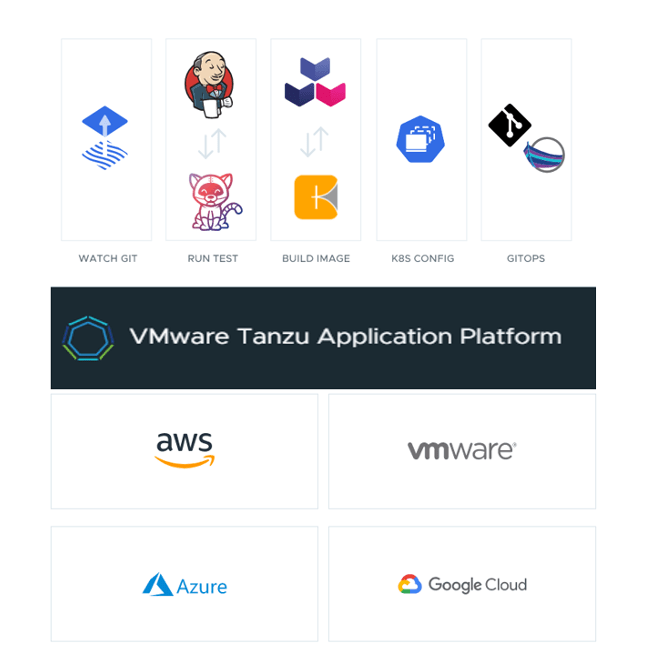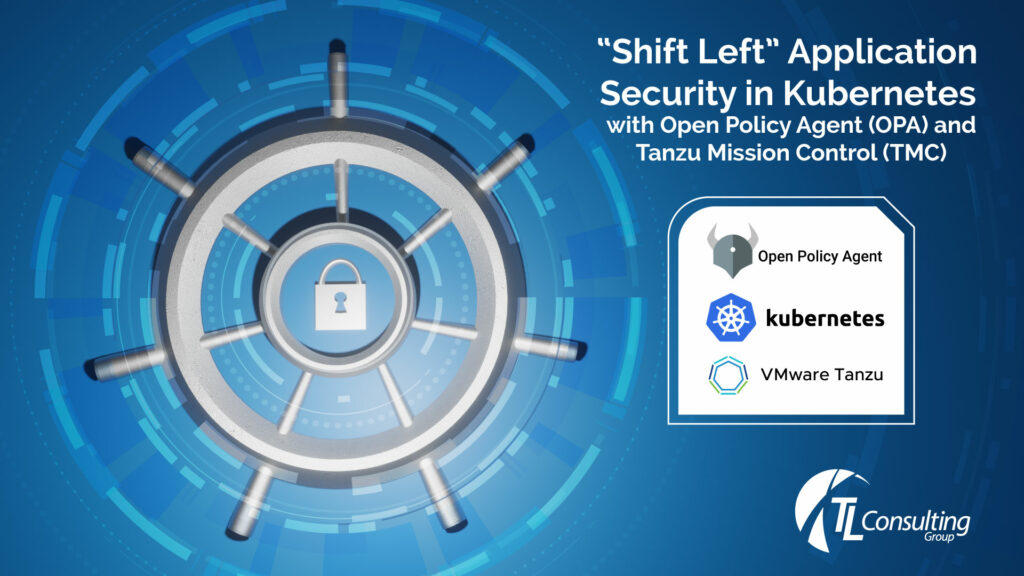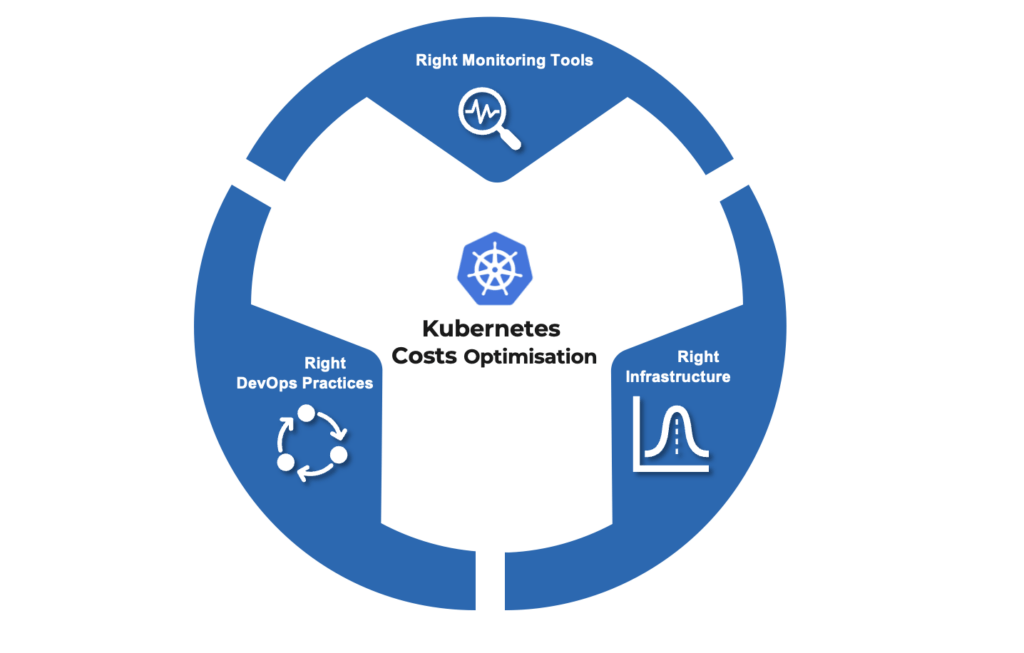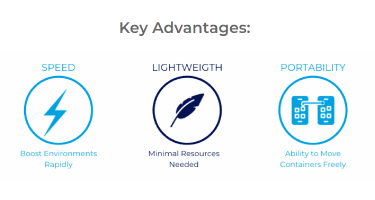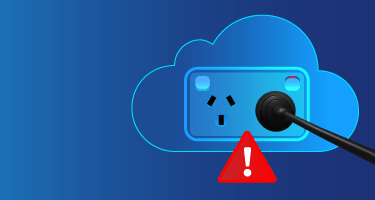Unlocking The Potential of Tanzu Application Platform
Unlocking The Potential of Tanzu Application Platform (TAP – a Multicloud, Portable Kubernetes PaaS) Cloud-native application architecture targets building and running software applications that triumph the flexibility, scalability, and resilience of cloud computing by following the 12 factors, microservices architecture with self-service agile infrastructure offering an API based collaborative and self-healing system. Cloud-native encompasses the various tools and techniques used by software developers today to build applications for the public cloud. Kubernetes is the de-facto standard for container orchestration to build the Cloud Native applications. Undoubtedly Kubernetes is changing the way enterprises manages their infrastructure and application deployments. However, at the core, there is still a clean separation of concerns between the developers and operators. Now comes the new VMWare’s Tanzu Application Platform under the Tanzu Portfolio to address some of the fundamental issues with the developer and operations collaboration issues and provides an effortless path to application deployments in a secure, module, scalable in a portable Kubernetes environment. What is Tanzu Application Platform (TAP)? “A superior multi-cloud developer experience on Kubernetes VMware Tanzu Application Platform is a modular, application-aware platform that provides a rich set of developer tooling and a prepared path to production to build and deploy software quickly and securely on any compliant public cloud or on-premises Kubernetes cluster.” By VMWare Tanzu Application Platform simplifies workflows Tanzu Application Platform simplifies workflows in both the inner loop and outer loop of cloud-native application development and deployments on Kubernetes. A typical inner loop consists of developers writing the code in their local IDE (Integrated development environment), testing, and debugging the application, push and pull the code from a soured code repository, deploying to a development or staging environment, and then making additional code changes based on the continuous feedback. An outer loop consists of the steps to deploy the application to a non-production /production environment and support them over time. In the instance of a cloud-native platform, the outer loop includes activities such as building container images, adding container security, i.e., vulnerability scanning, trust and adding signature and configuring continuous integration (CI) and continuous delivery (CD) pipelines. TAP creates an abstraction layer above the underlying Kubernetes, focusing on portability and reproducibility, avoiding lock-in where possible. Underneath, TAP provides strong support with all the tools required for the build and deployment of the applications in the form of Accelerators and Supply chains Choreographers. TAP can be installed and managed on most of the managed Kubernetes instances like AKS(Azure), EKS(AWS) and GKE (Google Cloud) available in the market as well as any other unmanaged conformant Kubernetes cluster. Developers can even install it on their local Minikube instance as well. TAP also supports an out of the box workflow for DevSecOps based on the best open-source tools. However, there is strong support to customise these workflows with the enterprise-grade/commercial tools of choice. TL Consulting TLConsulting brings its consulting and engineering personnel to application modernisation adoption and implementation by providing range of services – as If you need assistance with your Containers/Kubernetes adoption, please contact us at our kubernetes consulting services page.
Unlocking The Potential of Tanzu Application Platform Read More »
Uncategorised